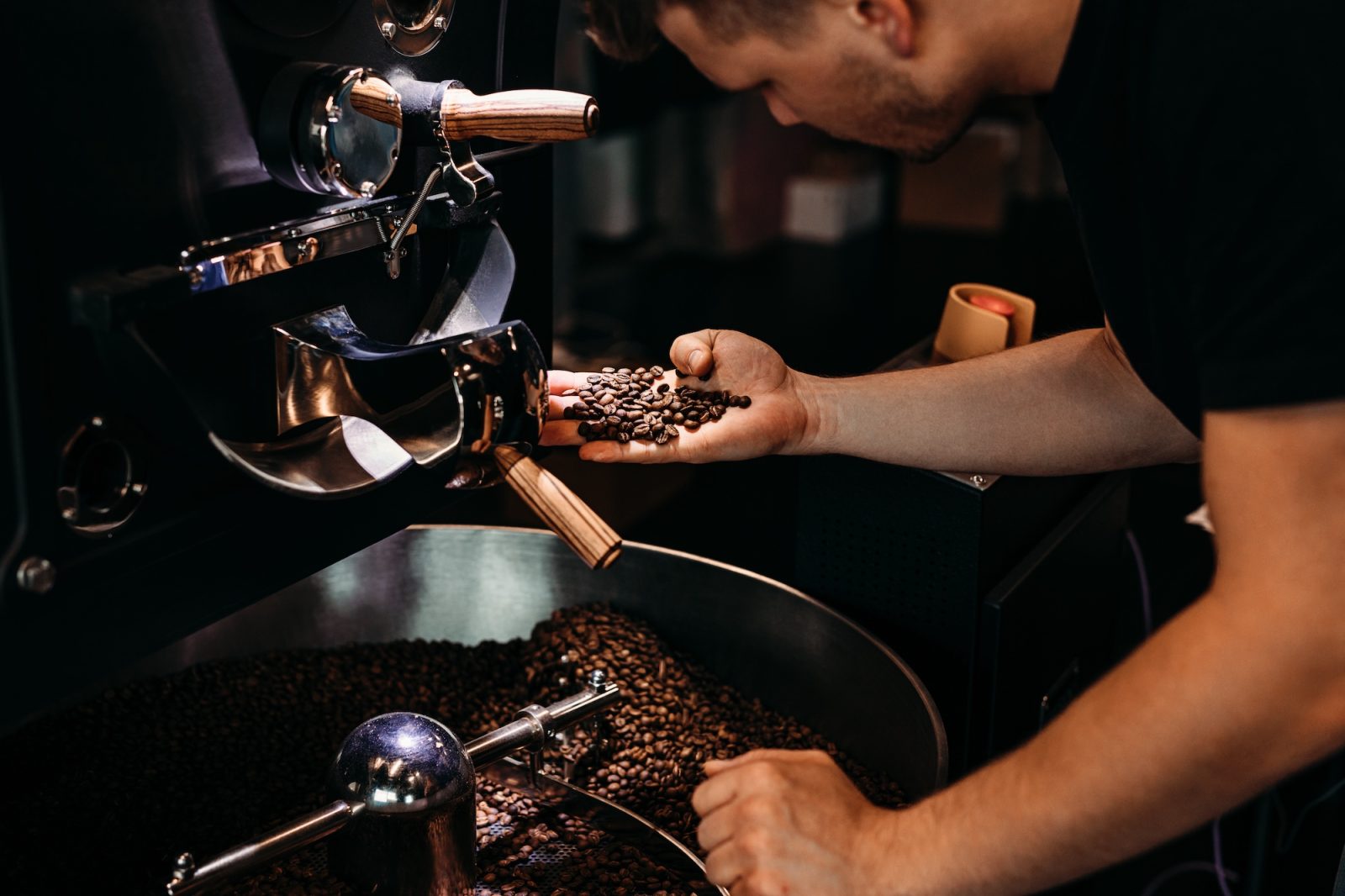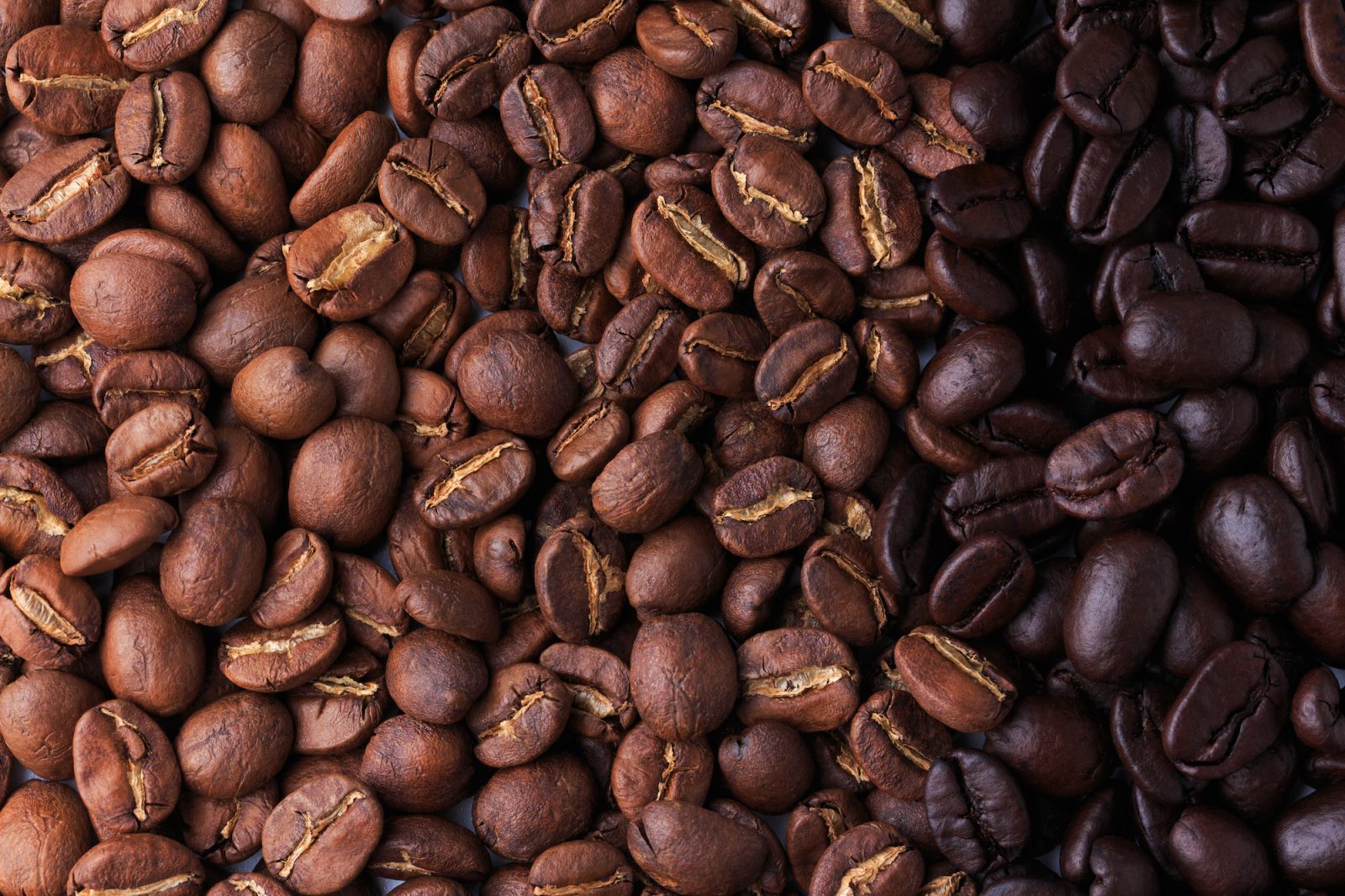True coffee lovers understand that not all coffee is created equal.
Whether you enjoy light, medium, or dark roasts — or love them all — each coffee roast brings a unique flavor to the table.

While the differences in taste are surely noticeable, each coffee roast also contains differing levels of caffeine.
Have you ever wondered which coffee roast has the most caffeine? The answer might surprise you. The amount of caffeine contained in a cup of coffee depends on the type of beans and the brewing method used.
Keep reading to learn more about the caffeine content in each classic coffee roast.
Method of Brewing
Although it may seem like bolder coffee would contain more caffeine, this is not always the case. The color of a coffee bean does not correlate to its caffeine content.
To understand why that is, it is first important to understand that the method in which coffee is brewed affects its caffeine level.
The longer coffee beans are roasted, the more caffeine will burn off during the process. Dark roast coffees achieve their bold, rich flavor by roasting for a longer period of time at a higher temperature.
Most often, dark-roast coffee beans are heated for about 15 minutes above 400°F, while light-roast coffees are roasted between 350°F and 400°F for around 10 minutes or less.
Of course, a medium-roast coffee will be roasted somewhere in between these two times and temperatures.
These brewing times are for traditional drip coffee. However, the method of brewing other types of coffee, such as cold brew, also impacts the caffeine content.
Cold-brew coffee is made by allowing the coffee to steep in cold water over several hours. Brewing coffee for a long duration at a low temperature results in an acidic taste.
The high concentration of beans to water, combined with an extended brewing time, means cold-brew coffee contains higher amounts of caffeine than any roast of drip coffee.
On average, cold brew usually contains around 200 milligrams of caffeine per 16-ounce serving, though caffeine content can vary.
The Difference in Caffeine Content
While dark roast coffees do contain slightly less caffeine than light roast coffees, the difference is small.
If you’re looking for an intense caffeine boost, light roast coffee will not offer a huge difference in caffeine content over dark roast.
Instead, the consumption of several espresso shots, such as an Americano, will offer you far more caffeine than either roast of standard coffee. (Each 1-ounce shot of espresso contains about 63 milligrams of caffeine).
Flavors of Different Roasts of Coffee
As coffee is roasted, it undergoes several chemical reactions that change the aroma and taste of the coffee. These reactions leave dark roasts with a more intense flavor and a bold aroma.
You might also notice that dark roast coffee has a thicker feel, while light roast has a thinner feel. This is because dark roast coffee contains more natural oils, thickening its consistency.
Light roast coffee is usually described as having a bright and crisp flavor, while dark roast offers more of a bold or robust flavor.
Measurement of Coffee by Weight
How you measure your coffee also impacts its caffeine content. In their natural state, light roast coffee beans are smaller as they spend less time in contact with the heat of the roaster.
This means if you’re using a scoop to measure your coffee, the weight of the coffee can vary depending on what type of coffee bean is used.
If larger, darker roast beans are used in the same scoop, there will be less caffeine based on the volume of beans.
Which Coffee Roast Should I Drink?
If you’ve spent your whole life thinking darker, bolder coffee contains more caffeine, you’re likely slightly shocked right now.
Given the negligible difference in caffeine content between coffee roasts, coffee lovers should simply choose the coffee they enjoy the flavor of the most.
Many of the most popular coffee shop chains, like Dunkin’ and Starbucks, offer customers a variety of coffee roast selections.
Give them all a try to see which flavor and aroma you enjoy the most!


Leave a Reply